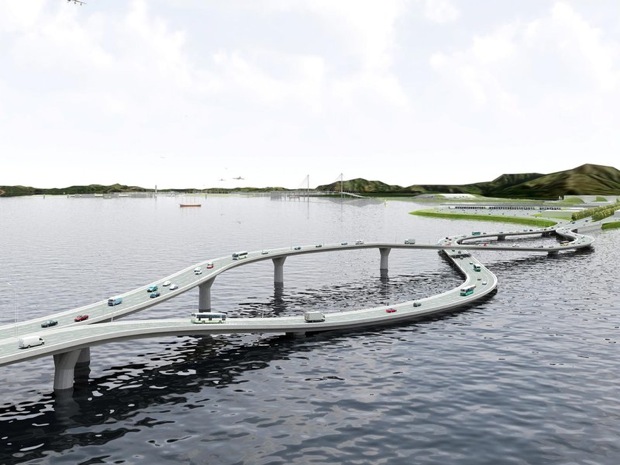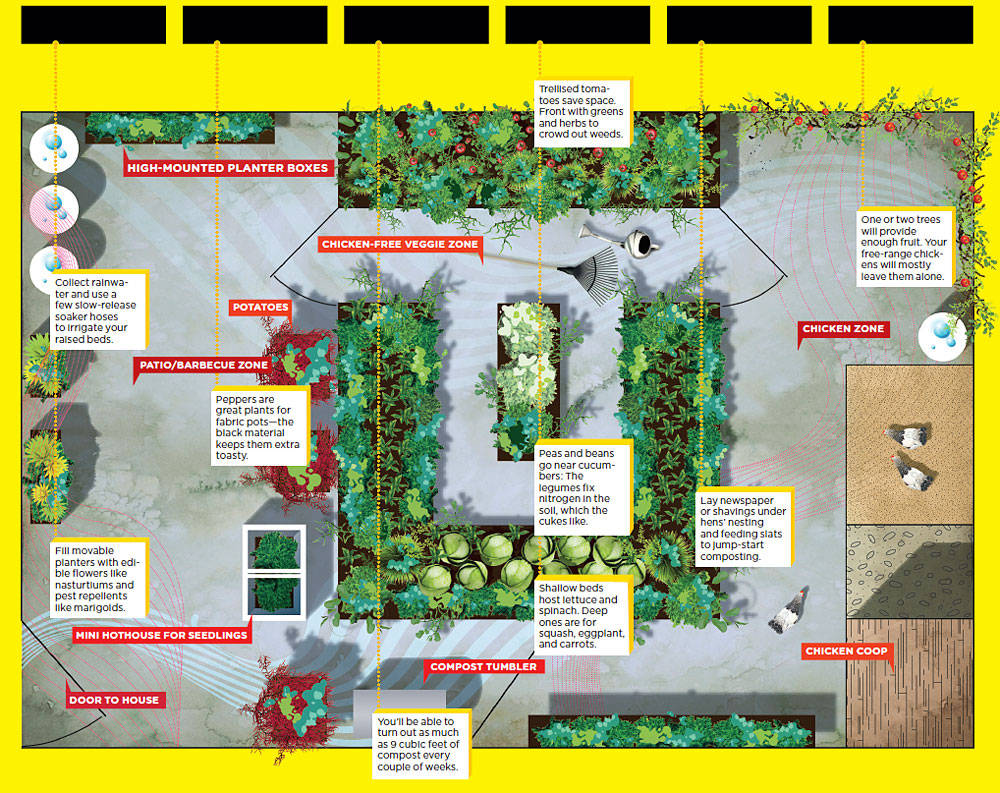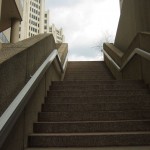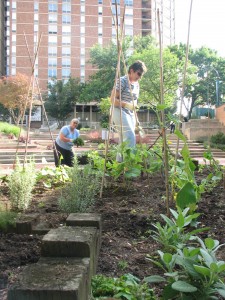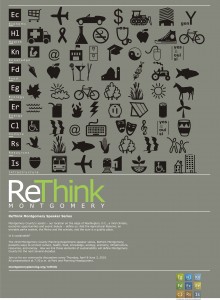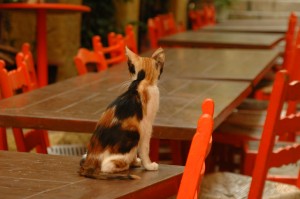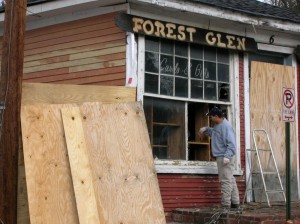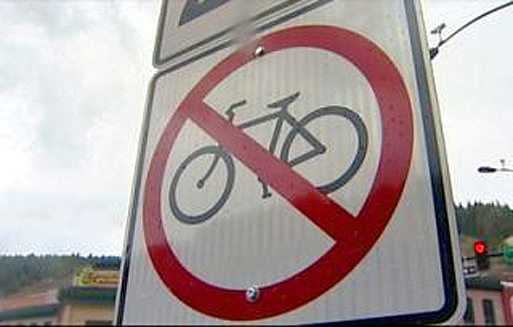
For all those cyclists that find the ‘burbs an unfriendly place to bike, you can take comfort that it’s not as bad as it could be. A friend sent this to me under the facetious heading “Finally, a town who’s planning decisions I can get behind,” and it’s just too precious not to share.
It seems the town of Black Hawk, Colorado has thought it wise to prohibit cycling on all public streets. The city claims that “with all the buses, trucks and cars already trying to crowd the historic town’s narrow streets, the addition of bikes is a hazard.” According to officials, the new law has the full support of the citizenry and the local casinos, which happen … Continue reading
